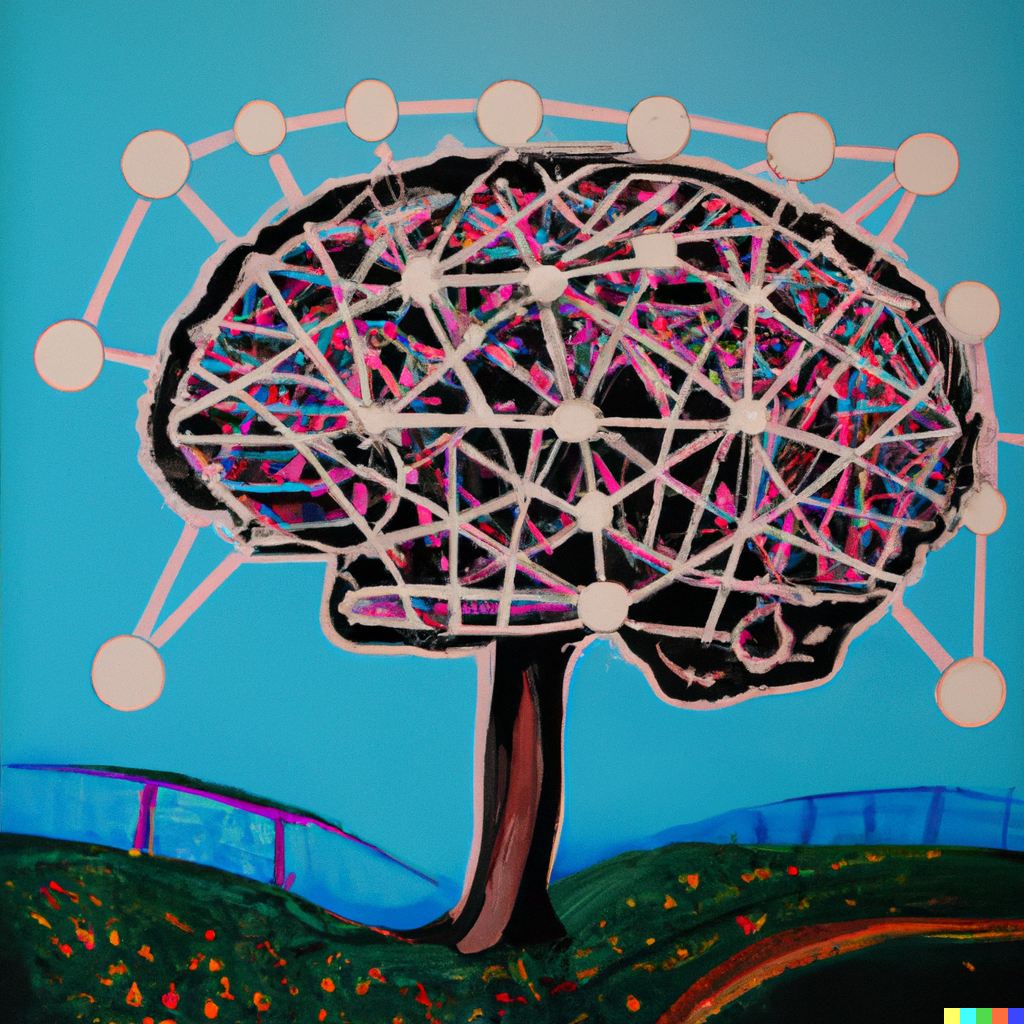Introduction:
Artificial intelligence has brought tremendous advancement in various fields such as computer vision, natural language processing, robotics, and many more. Computer vision is one of the most significant applications of AI, which deals with enabling computers to interpret and understand images and videos. Deep transfer learning is a subset of machine learning and computer vision, which enables the transfer of learned knowledge from one domain to another. It has revolutionized the field of computer vision by making it more efficient and effective. In this article, we will explore the concept of deep transfer learning in computer vision and its various applications.
Understanding Deep Transfer Learning:
Deep transfer learning is a technique used in machine learning, which enables the transfer of learned knowledge from one domain to another. It is a type of neural network, which is trained on one task and then retrained on another related task. It has been used extensively in the field of computer vision to improve the accuracy and efficiency of image recognition tasks.
The main idea behind deep transfer learning is to leverage the learned knowledge from a pre-trained neural network to a new problem, which may have different input data or output classes. This technique has gained popularity due to its ability to save time and resources in training new models from scratch. The pre-trained model acts as a starting point for the new model, which then adapts to the new problem by fine-tuning the pre-trained model’s weights.
Applications
Deep transfer learning has found numerous applications in computer vision, some of which are discussed below:
- Object Recognition: Deep transfer learning has been used to improve object recognition tasks in computer vision. The pre-trained model can be fine-tuned on a new dataset to recognize objects more accurately and efficiently.
- Image Classification: Deep transfer learning has been used to improve image classification tasks, where the pre-trained model is fine-tuned on a new dataset to classify images more accurately.
- Image Segmentation: Deep transfer learning has been used to improve image segmentation tasks, where the pre-trained model is fine-tuned on a new dataset to segment images more accurately.
- Face Recognition: Deep transfer learning has been used to improve face recognition tasks, where the pre-trained model is fine-tuned on a new dataset to recognize faces more accurately.
Benefits of Deep Transfer Learning:
- Time and Resource Efficient: Deep transfer learning saves time and resources by leveraging the learned knowledge from a pre-trained model, which acts as a starting point for the new model.
- Improved Accuracy: it improves the accuracy of the model by fine-tuning the pre-trained model’s weights on a new dataset.
- Faster Model Deployment: it faster model deployment as it saves time in training new models from scratch.
Conclusion:
Learning is an essential technique in computer vision that enables the transfer of learned knowledge from a pre-trained model to a new problem. It has revolutionized the field of computer vision by improving the accuracy and efficiency of image recognition tasks.
Deep transfer learning has found numerous applications in computer vision, including object recognition, image classification, image segmentation, and face recognition. It saves time and resources and enables faster model deployment. As AI continues to evolve, deep transfer learning will play a vital role in enabling more accurate and efficient computer vision systems.



